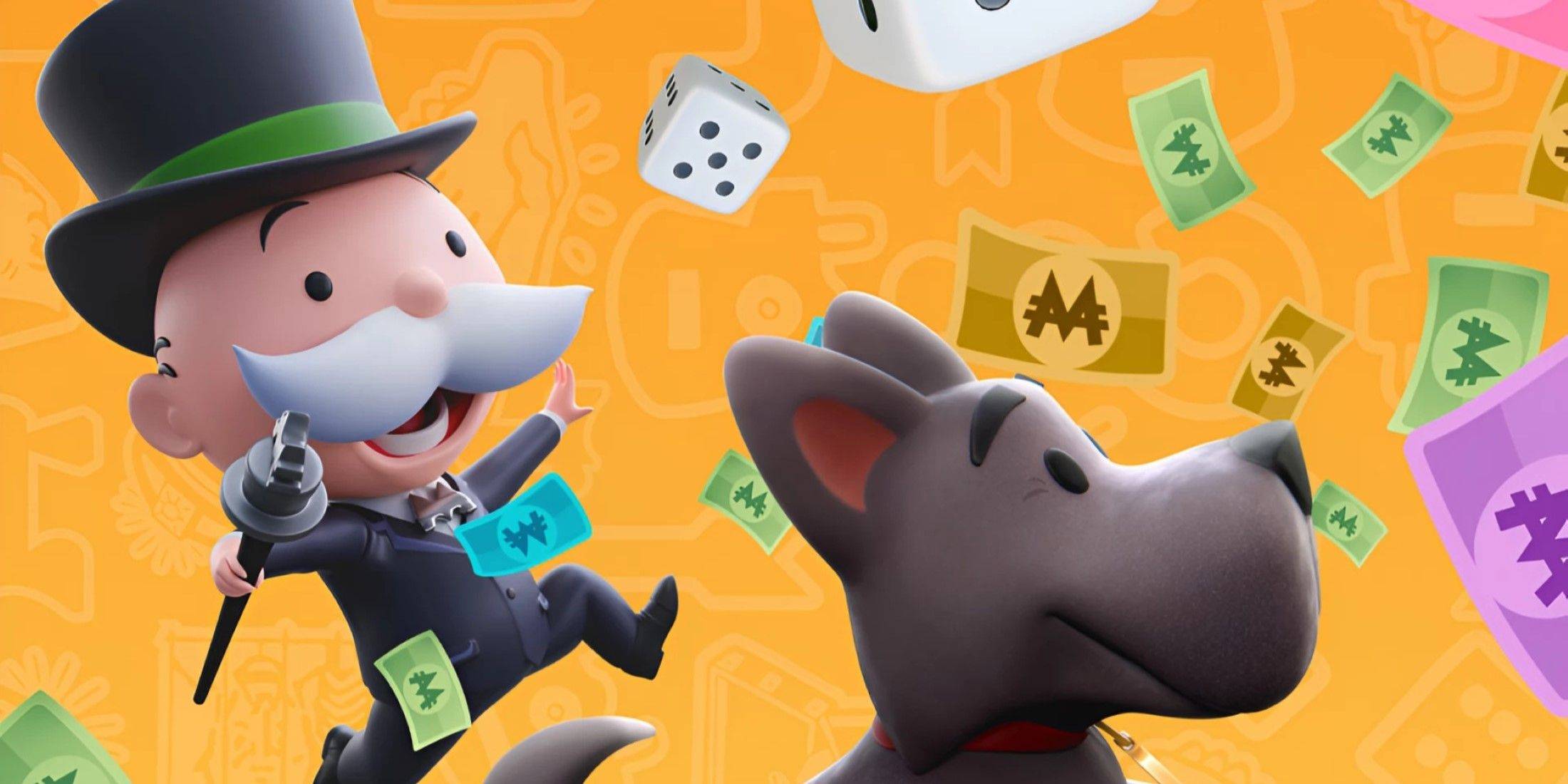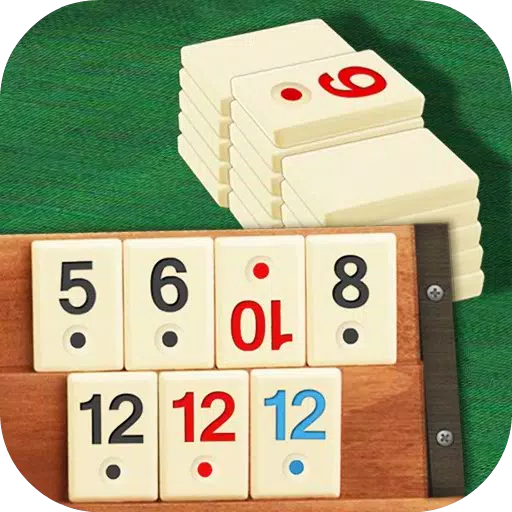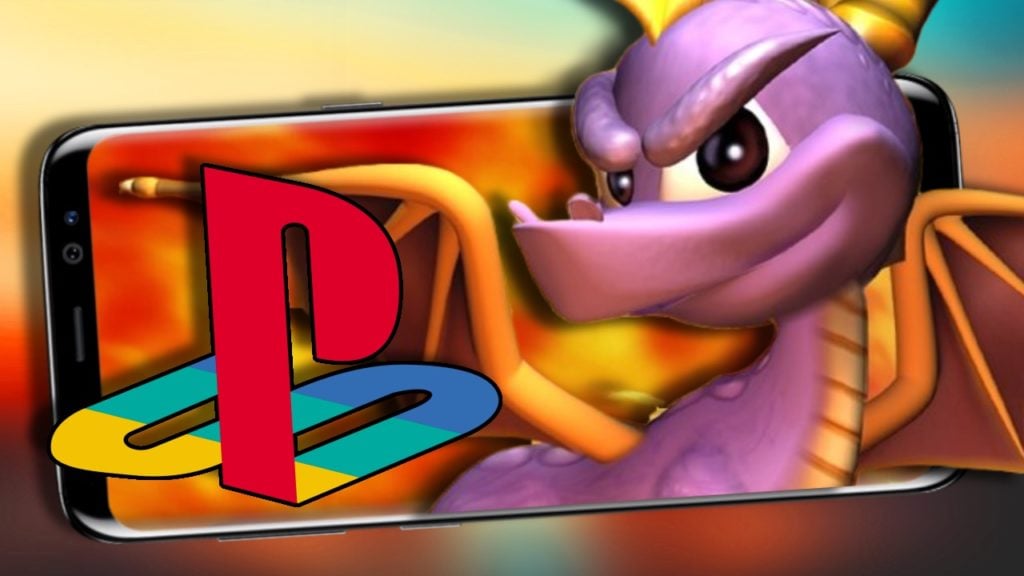
Monopoly GO's Microtransactions: A $25,000 Lesson
A recent incident highlights the financial risks associated with in-app purchases in mobile games. A 17-year-old reportedly spent a staggering $25,000 on Monopoly GO, a free-to-play game, revealing the potential for significant, unintended spending through microtransactions.
This isn't an isolated case. Other players have admitted to spending hundreds, even thousands, of dollars on the game to accelerate progress and unlock rewards. One Reddit user detailed their stepdaughter's $25,000 expenditure across 368 in-app purchases, sparking a discussion about the difficulty of obtaining refunds for accidental purchases and the often-unfavorable terms of service in freemium games. Many commenters noted that the game's terms typically hold users responsible for all transactions.
The Controversy of In-Game Microtransactions
The reliance on microtransactions in the gaming industry is a recurring point of contention. The model, while highly profitable (as evidenced by the $150 million spent on Diablo 4 microtransactions), is often criticized for its potential to mislead players into spending far more than they initially intended. The Monopoly GO incident, while unlikely to result in legal action, adds to the growing body of evidence showcasing the financial pitfalls of this business model. Previous lawsuits against companies like Take-Two Interactive over similar practices underscore the ongoing debate surrounding the ethical and consumer protection aspects of in-game microtransactions.
The Monopoly GO situation serves as a stark reminder of the ease with which significant sums of money can be spent on seemingly innocuous in-app purchases. It underscores the need for greater awareness and caution when engaging with freemium games that utilize microtransaction systems.




















